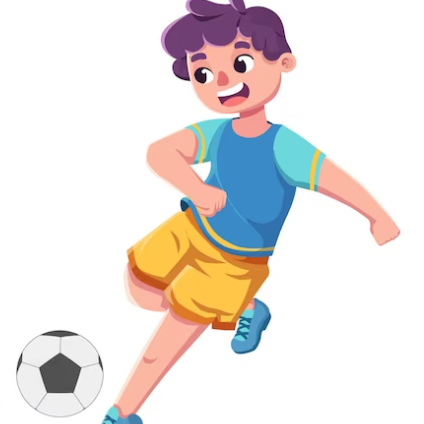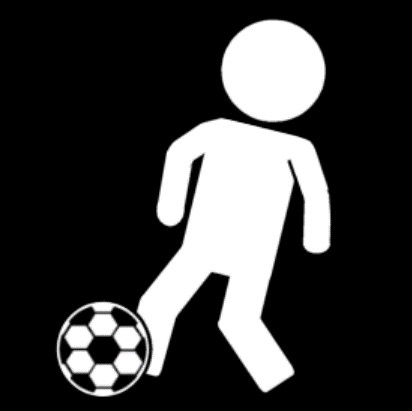How to chose the most effective visual aids for children ?
Cartoonlike and multicolored or abstract and single colored picto’s
While colorful and cartoon-like images may be visually appealing, they can pose challenges for children in terms of recognition and comprehension. The level of detail and the presence of vibrant colors in cartoon figures may confuse children. In addition, children with special needs may struggle with recognizing themselves in cartoon characters, particularly if the physical attributes of the characters differ from their own. For example, if a cartoon figure has hair color different from their own, it can create confusion and hinder their understanding of the represented activity.

In contrast, black-and-white or single-colored picto’s with neutral figures provide a clearer and more straightforward representation of the daily schedule or concepts being taught. The simplicity of these images helps children focus on the essential elements and understand the intended message without unnecessary distractions. These simplified and neutral figures provide a clear visual reference for activities and concepts, minimizing potential confusion and ensuring that children can easily grasp the information being conveyed. This picto was retrieved from “Sclera.be“.

Picto’s or objects
It is important to recognize that while picto’s can be helpful for many children, they may not be equally understandable or effective for all. Some children with neurodevelopmental disorders require more concrete and tangible representations to better understand and relate to activities. These children benefit from specific objects that they can touch, which serve as symbols or cues for different tasks or events.
For example, a small ball can represent sports activities, providing a concrete representation of the activity itself. A puzzle piece can symbolize classroom tasks. Using a toilet roll can signify bathroom time, offering a tactile and easily recognizable representation. Similarly, a small spoon can represent dinner time, linking the object to the specific activity of having a meal.
By using these tangible objects, teachers can provide a more individualized and concrete visual support system tailored to the unique needs of each child. This approach ensures that children with special needs can better comprehend and engage with the daily routine, promoting a greater sense of understanding, participation, and independence.
It is crucial for teachers to collaborate with parents, caregivers, and professionals to identify and select the most appropriate objects that resonate with each child. By incorporating these concrete representations into the visual support system, teachers can provide a more inclusive and effective learning environment, where all children can meaningfully engage and benefit from the daily routine.

